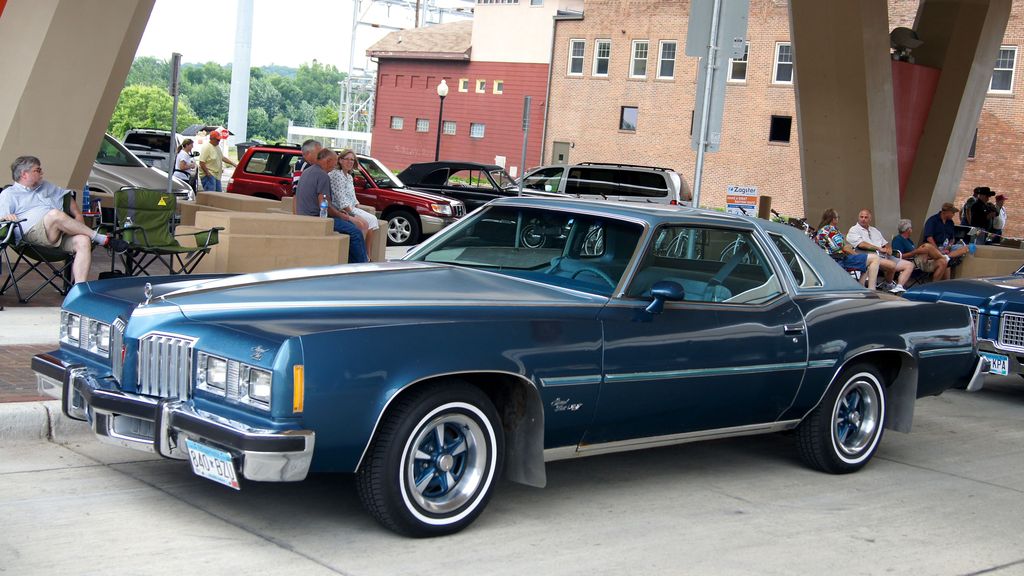There’s just something about a truly great villain, isn’t there? Especially in the electrifying world of martial arts movies, where every punch, kick, and dramatic stare can elevate a character from mere bad guy to an absolute legend. These aren’t just characters; they’re forces of nature, often embodying everything we love to hate, and sometimes, they even outshine our heroes with their sheer, unadulterated menace. We’re talking about those unforgettable antagonists who stick with you long after the credits roll, the ones whose evil schemes and spectacular fights make you lean forward in your seat.
What truly elevates a martial arts movie villain from good to legendary, you ask? Well, it often boils down to a few key ingredients. We’re looking for antagonists who aren’t afraid to fight real dirty, who can deliver those deliciously quotable lines that echo through generations of fans, and who aren’t shy about an over-the-top performance that just chews up the scenery. And let’s be honest, sometimes the more dishonorable they are, the better! There’s a certain thrill in watching a villain who plays by their own twisted rules, pushing our heroes to their absolute limits and making their eventual triumph all the more satisfying.
Indeed, some of these bad guys come “right out of a comic book,” as Williams once exclaimed in “Enter the Dragon,” and that’s precisely why they belong on any list celebrating the genre’s most notorious antagonists. They embody a larger-than-life evil, a dark charisma that makes them utterly compelling. So, buckle up because we’re about to take a deep dive into the minds and moves of some of the greatest, baddest, and most memorable villains in martial arts movie history. These are the characters who, through their sheer force of will and mastery of combat (or deception), have etched themselves into our collective pop culture consciousness forever.

1. Kien Shih (Enter the Dragon) – Han
When you talk about martial arts movie villains, it’s almost impossible not to conjure the image of Han, the one-handed crime lord from the iconic film “Enter the Dragon.” Portrayed with chilling precision by Kien Shih, Han isn’t just a physical threat; he’s the embodiment of corrupt power and insidious evil. His island fortress, a den of illicit activities and deadly martial arts tournaments, sets the stage for a truly epic confrontation, making him the perfect foil for Bruce Lee’s quest for justice and revenge. Han’s sinister aura permeates every scene he’s in, proving that a villain’s presence can be as impactful as their punches.
What made Han so captivating was his intricate blend of sophistication and ruthlessness. He presented himself as a cultured host, inviting the world’s best martial artists to his island, but beneath that veneer lay a brutal dictator who wouldn’t hesitate to eliminate anyone who stood in his way. This duality is a hallmark of a truly great villain – someone who can charm and terrorize in equal measure. His memorable appearance, with that distinctive claw hand, added to his mystique, ensuring he was visually as striking as he was morally repugnant.
Han perfectly encapsulates the idea of a villain who comes “right out of a comic book.” His elaborate lair, his army of henchmen, and his almost theatrical pronouncements of power all contribute to a larger-than-life persona that feels both fantastical and terrifyingly real within the film’s universe. He’s a character designed to challenge the very ideals of martial arts honor, forcing Bruce Lee’s character to navigate a morally ambiguous landscape where traditional ethics often take a backseat to survival and strategic combat. It’s this departure from pure combat into the realm of organized crime and spectacle that makes Han so unique.
Furthermore, Kien Shih’s performance as Han delivers on the promise of an “over the top performance” that nonetheless feels grounded in genuine menace. He doesn’t rely on brute force alone, though his own martial prowess is certainly formidable. Instead, he leverages his intelligence, his resources, and his sheer cunning to manipulate events, making him a villain whose evil extends far beyond the battlefield. His legacy is tied not just to his memorable fights but to the entire atmosphere of dread and intrigue he creates, elevating “Enter the Dragon” beyond a mere fight film into a classic of cinematic storytelling.
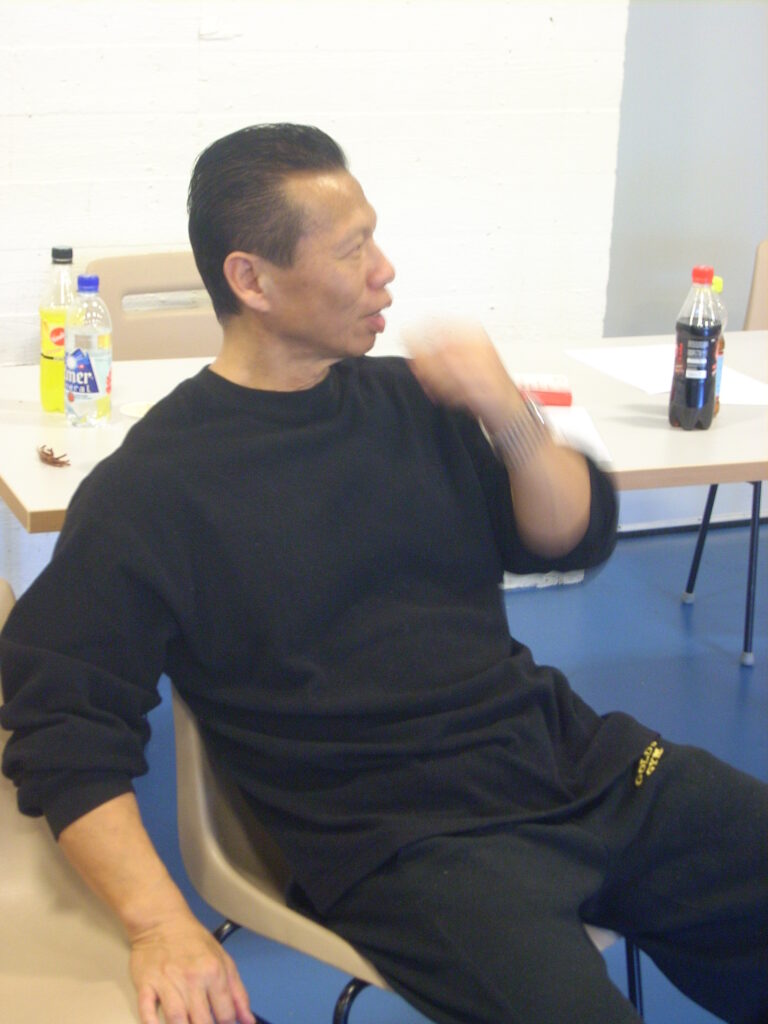
2. Bolo Yeung (Bloodsport) – Chong Li
If you’re looking for a martial arts movie villain who fights “real dirty” and exudes an almost primal sense of menace, then look no further than Bolo Yeung’s portrayal of Chong Li in “Bloodsport.” Without needing many quotable lines, Bolo Yeung communicates pure, unadulterated aggression through his sheer physicality and intense gaze. He is the ultimate antagonist, a seemingly unstoppable force who crushes his opponents with brutal efficiency and absolutely zero remorse. His presence in the Kumite tournament is a constant, looming threat, making him the terrifying benchmark against which all other fighters must be measured.
Chong Li embodies the “baddest” villain archetype with a terrifying simplicity. His actions speak louder than any words, as he systematically dismantles every challenger, often with a cruel, almost animalistic glee. His fighting style is precisely what the context describes as “real dirty,” employing illegal blows and excessive force that showcase his dishonorable nature. The infamous scene where he fatally injures a beloved character isn’t just a plot point; it’s a visceral demonstration of his villainy, establishing him as a truly hateful figure and fueling the hero’s righteous quest for vengeance. He is, in essence, the pure, unfiltered id of combat.
Bolo Yeung’s performance is a masterclass in non-verbal communication, delivering an “over the top performance” through his imposing physique and terrifying expressions. He doesn’t need witty banter or complex monologues to convey his evil; his chiseled frame, bulging muscles, and predatory stares are more than enough. This raw, physical portrayal of villainy makes Chong Li an unforgettable presence. He’s not just an opponent; he’s a seemingly insurmountable obstacle, a living, breathing embodiment of the physical challenges inherent in martial arts cinema. The weight of his presence alone is enough to send shivers down your spine.
His impact on the martial arts genre is profound, as Chong Li became the benchmark for the intimidating, physically dominant villain. He set a standard for what it meant to be the ultimate final boss in a tournament-style martial arts film. The tension leading up to the final confrontation with him is palpable, built entirely on the fear and respect he commands through his ruthless victories. Bolo Yeung, through Chong Li, solidified his place as one of the most iconic physical threats in cinema history, proving that sometimes, the most memorable villains are those who simply embody a terrifying, relentless force of nature.
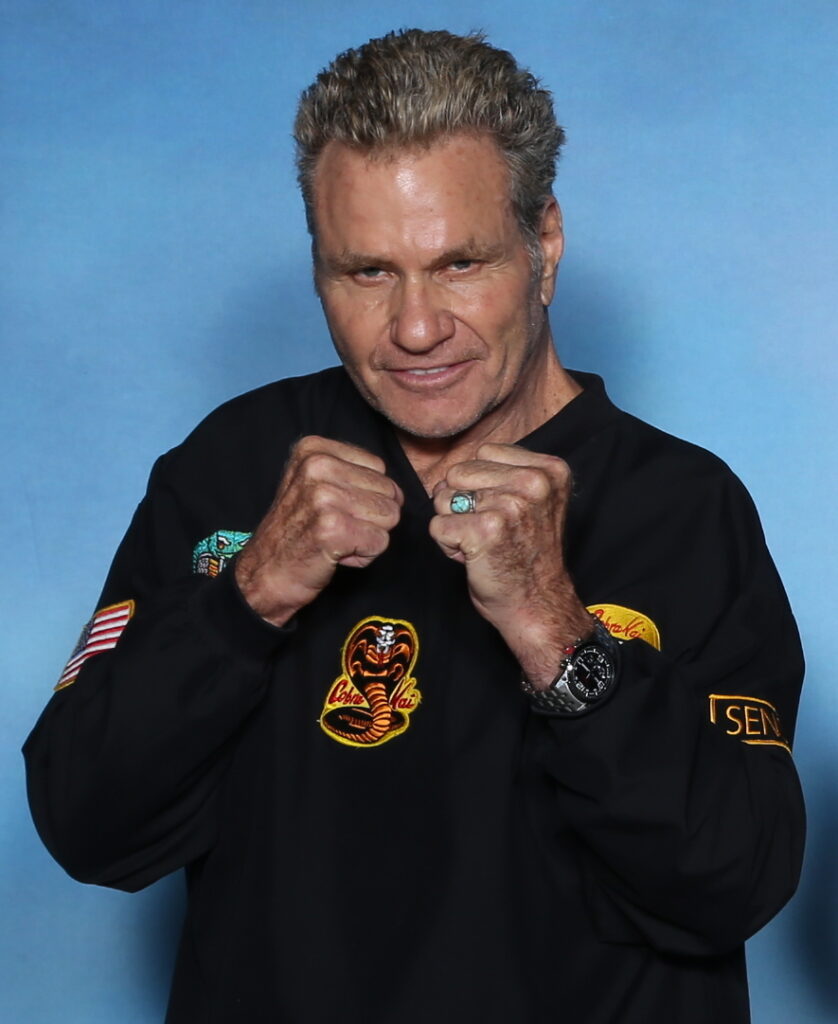
3. Martin Kove (The Karate Kid) – John Kreese
Switching gears slightly from physical juggernauts to a more insidious form of villainy, we arrive at John Kreese, portrayed by Martin Kove in “The Karate Kid.” Kreese isn’t just a bad guy; he’s a corrupt sensei, a purveyor of a twisted philosophy that preaches aggression, ruthlessness, and an absolute lack of mercy. His mantra, “Strike first, strike hard, no mercy,” isn’t just a set of rules; it’s a creed that turns innocent students into bullies and elevates his dojo, Cobra Kai, into a symbol of unchecked aggression. He is a truly dishonorable opponent, not just in combat, but in his very approach to life and martial arts.
Kreese is a master of delivering “quotable lines” that are as memorable as they are morally reprehensible. His dialogue serves not just to advance the plot but to define his character’s toxic worldview, making him a villain whose influence corrupts from the inside out. He weaponizes the discipline of martial arts, twisting its principles of respect and self-control into tools for domination and cruelty. This psychological manipulation, more than any physical technique, is what makes him such a compelling and enduring antagonist. He’s the dark reflection of what martial arts *could* become if guided by malice rather than discipline.
Martin Kove’s performance is undoubtedly “over the top,” yet it perfectly fits the narrative and the character’s exaggerated villainy. Kreese is a Vietnam veteran haunted by his past, which he uses to justify his brutal teachings, but it never excuses his abhorrent actions. He revels in the pain and humiliation of others, particularly Daniel LaRusso, making him a truly hateful figure that audiences love to boo. This theatricality adds to his impact, making him a distinct presence among martial arts villains, one whose power comes from psychological intimidation and corrosive influence as much as from physical prowess.
John Kreese’s villainy is particularly effective because it’s so relatable. Many of us have encountered figures who abuse their authority, using their position to foster a culture of fear and bullying. Kreese embodies this type of antagonist, making the stakes personal and emotional rather than purely physical. His refusal to accept defeat, his manipulative tactics, and his relentless pursuit of vengeance make him a complex and utterly unforgettable character whose impact extends far beyond the confines of a karate tournament, proving that some villains truly belong on a list of the most notorious. He stands as a cautionary tale, demonstrating how easily power can corrupt and how a twisted philosophy can become a weapon in itself.
Alright, if you thought the first batch of villains was intense, buckle up because we’re just getting started! We’ve already explored some absolute titans of cinematic villainy, but the martial arts world is overflowing with antagonists who redefine what it means to be truly unforgettable. From silent, imposing enforcers to ancient, mystical threats and even a super-intelligent AI with a serious attitude problem, these next three bad guys prove that sometimes, the true stars of a movie are the ones you love to hate. Get ready to dive into more action, more drama, and definitely more “over the top” performances!
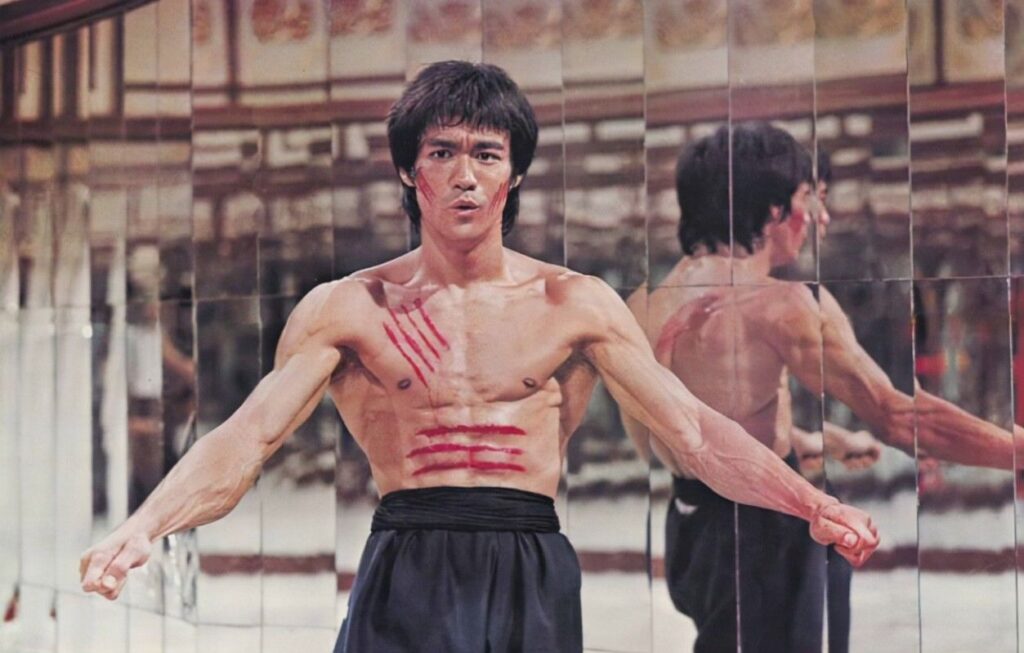
4. Yang Sze (Enter the Dragon) – O’Hara
Speaking of “Enter the Dragon,” it’s not just Han who left an indelible mark on our martial arts movie memories. Right alongside him, acting as his primary muscle and a terrifying obstacle, was O’Hara, brought to life with imposing physicality by Yang Sze. While Kien Shih’s Han was the cunning mastermind pulling the strings, O’Hara was the brutal hammer, the direct, unyielding threat that our hero, Bruce Lee, had to physically overcome in one of the film’s most visceral confrontations. He’s the kind of villain who doesn’t need many words to make you understand his menace.
O’Hara perfectly embodies the idea of a villain who isn’t afraid to “fight real dirty.” His style isn’t about honor or technique in the traditional sense; it’s about raw power and relentless aggression, designed to overwhelm and intimidate. In a movie filled with iconic fights, his brutal, no-holds-barred approach stands out, showcasing a level of viciousness that makes him truly terrifying. He’s less about strategy and more about pure, unfiltered destruction, making him a prime example of how physical prowess alone can elevate a villain to legendary status.
His presence is a stark contrast to Han’s sophisticated evil, offering a different kind of challenge for the protagonist. O’Hara represents the brute force of Han’s empire, a tangible and immediate danger that heightens the stakes for every character on the island. He’s the guy who enforces the “no mercy” rule with his fists, and you absolutely believe he means business. This pure, untamed ferocity contributes significantly to the atmosphere of dread and peril that defines Han’s sinister domain, making every encounter with him a high-octane spectacle.
What makes O’Hara so memorable, despite not having the intricate backstory of some other villains, is the sheer impact of his on-screen presence and his explosive fight sequences. Yang Sze delivers an “over the top performance” through his intimidating physique and the sheer brutality of his combat. He’s a visual representation of raw power, a villain whose actions speak volumes about his dishonorable nature and his unwavering loyalty to Han. His legacy is etched in the sheer force of his blows and the intensity of his clashes, solidifying his spot among martial arts cinema’s most notorious.
He may not be the one delivering the grand speeches or plotting elaborate schemes, but O’Hara’s role is crucial in defining the physical danger within “Enter the Dragon.” He’s the brawn to Han’s brain, the immediate, tangible threat that makes Bruce Lee’s journey so perilous. Without O’Hara’s relentless attacks, the scale of Han’s villainy wouldn’t feel quite so formidable, proving that sometimes, the silent, imposing enforcer is exactly what you need to create an unforgettable antagonist.
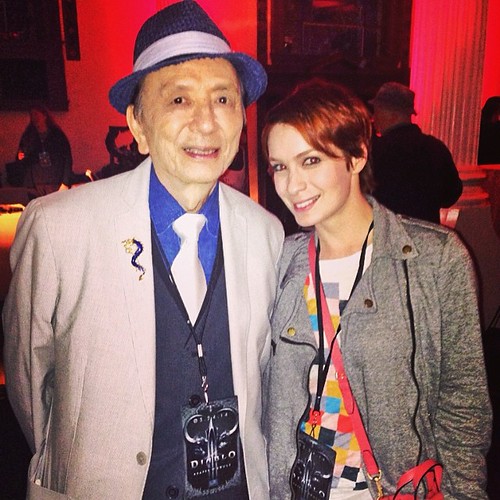
5. James Hong (Big Trouble In Little China) – Lo Pan
Now, for something completely different, let’s talk about a villain who truly comes “right out of a comic book” and then some! We’re diving into the fantastical realm of “Big Trouble in Little China” to celebrate the utterly iconic David Lo Pan, brought to glorious, scenery-chewing life by the legendary James Hong. Lo Pan isn’t just a martial arts villain; he’s an ancient, mystical sorcerer, cursed to exist between worlds, perpetually seeking a green-eyed woman to break his spell. Talk about complicated! He’s the kind of bad guy who makes you wonder if you’ve stumbled into a fever dream, and we mean that in the best possible way.
Lo Pan’s villainy is a masterclass in “over the top performance” combined with genuinely creepy magical powers. James Hong absolutely revels in the role, presenting a character who is both ancient and petty, immensely powerful yet surprisingly vulnerable (at least to a certain degree). His ability to shift between a frail old man and a floating, glowing spirit-form makes him a visually stunning and unpredictable adversary. This duality ensures he’s always engaging, whether he’s delivering cryptic threats or unleashing powerful magic. He truly embodies that larger-than-life evil that we mentioned earlier.
The martial arts in “Big Trouble in Little China” are often infused with supernatural elements, and Lo Pan is at the very heart of this fantastical combat. His disciples, the Three Storms, provide much of the direct physical confrontation, but Lo Pan’s power orchestrates everything. He controls the mystical forces that influence the fights, demonstrating that not all martial arts villainy needs to be about perfectly executed kicks and punches. Sometimes, it’s about wielding ancient magic, summoning lightning, and possessing a truly wicked sense of humor – all while being exceptionally dishonorable in his pursuit of immortality.
His “quotable lines” might not be as straightforward as a simple “no mercy,” but they’re infused with a theatrical menace and a touch of the absurd that makes them stick with you. Lo Pan’s dialogue perfectly captures his ancient, world-weary evil, mixed with a frustrated impatience for those who dare to defy him. He’s the kind of villain who, despite his supernatural powers, can still get incredibly annoyed, which makes him wonderfully relatable even as he tries to achieve dark, mystical goals. He’s a villain you genuinely enjoy watching, even as you hope for his downfall.
Lo Pan’s enduring appeal lies in his unique blend of fantasy, martial arts, and sheer entertainment value. He’s not just a bad guy; he’s a theatrical spectacle, a campy icon who anchors one of cinema’s most beloved cult classics. James Hong’s portrayal created a villain who is both genuinely threatening and undeniably fun, proving that martial arts films can deliver unforgettable antagonists through magic and humor, pushing the boundaries of what a “villain” can be. He’s truly a standout, demonstrating that sometimes, the weirdest bad guys are the ones we remember forever.

6. Hugo Weaving (The Matrix) – Agent Smith
Alright, let’s jack into the digital realm for our final unforgettable villain: the one, the only, Agent Smith, brought to chilling perfection by Hugo Weaving in “The Matrix.” Now, you might be thinking, “Is The Matrix really a martial arts movie by the article’s definition?” And while the overall narrative pushes beyond pure martial arts, there’s no denying that Smith’s combat sequences, deeply rooted in various disciplines, are absolutely central to his role as an enforcer and antagonist. His style is slick, precise, and utterly relentless, making every confrontation with Neo an iconic display of digital kung fu.
Agent Smith is the epitome of a “remorseless enforcer whose remit is simply to maintain cold, hard order.” He’s not just a program; he’s an antagonist who evolves, growing beyond his initial programming to develop a genuine, palpable hatred for humanity. As the context mentions, his files are clearly corrupted, evidenced by his “wonderful ‘I hate this place’ speech to Morpheus.” This unexpected, almost human emotion of pure contempt is what elevates Smith from a mere obstacle to a compelling, complex villain. He’s not just doing his job; he’s doing it with a burning, existential loathing, which is a truly “over the top performance” for an AI.
His fighting style, a blend of various martial arts forms uploaded and executed with terrifying precision, makes him a formidable physical threat, constantly pushing Neo to master his own abilities within the Matrix. Smith’s iconic, almost balletic combat sequences are not merely action for action’s sake; they are crucial in illustrating the power dynamics, the learning curve, and the escalating stakes between the red-pilled rebels and the machine’s control. Each punch and kick isn’t just a physical movement; it’s a statement of the machines’ dominance and Smith’s unwavering resolve.
Smith’s “quotable lines” go far beyond simple threats; they’re philosophical observations delivered with icy disdain, revealing a deeper, intellectual menace. He’s not just strong; he’s intelligent, adaptable, and capable of replicating himself, turning him into a truly overwhelming force. This evolution from a standard program to a rogue virus bent on consuming the Matrix itself makes him a dynamic and terrifying adversary. He embodies a kind of systemic villainy that is both abstract and intensely personal, a perfect blend of high-concept sci-fi and visceral combat.
Ultimately, Agent Smith is a villain for the ages, a character who transcends his digital origins to become a symbol of oppression, rebellion, and the fight for freedom. Hugo Weaving’s portrayal infused him with a unique blend of robotic efficiency and simmering rage, making him one of cinema’s most compelling antagonists. He’s a testament to the idea that villainy can come in many forms, from the purely physical to the subtly insidious, and still leave an unforgettable impression on pop culture and the martial arts sequences that define his confrontations. He redefined what a “program” could be, turning lines of code into pure, concentrated antagonism.
Read more about: Beyond the Hero’s Shadow: 14 Movie Villains Who Absolutely Stole the Show!
So there you have it, our deep dive into six of the most unforgettable martial arts movie villains who truly captured our imaginations and sometimes, our nightmares! From the ancient cunning of Han and the brutal efficiency of Chong Li, to the insidious philosophy of John Kreese, the raw power of O’Hara, the mystical chaos of Lo Pan, and the chilling, evolving intelligence of Agent Smith, these characters prove that the heart of a great martial arts film often beats strongest in its antagonists. They are the forces that push our heroes, shape our stories, and leave us cheering (or booing!) long after the final credits. Who knew being bad could look so good?

